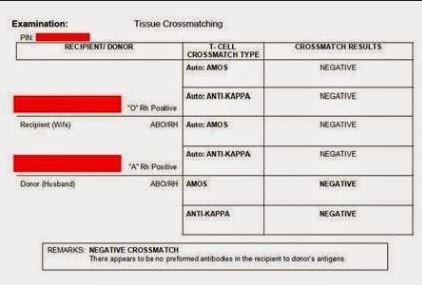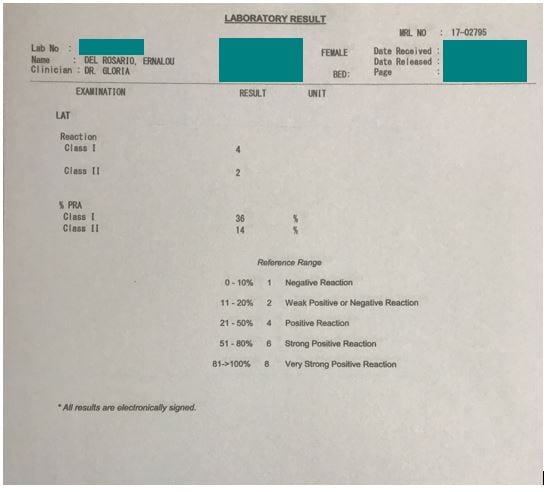Being diagnosed with repro-immune disorder (mostly generalized by the public and even doctors themselves, as APAS) can be very overwhelming. I remember the time when I received this prognosis after my second miscarriage – it was devastating and confusing.
“Your LAT may be low. You have a clotting disorder. Your immune system is attacking your baby.”
This was four years ago. And all these terminologies did not make any sense.
I actually slid into a depression stage after I knew that I was a candidate for APAS. Here you are wanting a baby and your own body is rejecting the child inside your tummy.
May mas sasaklap pa ba, dun?
I grappled for answers to this seemingly bleak condition. Back then, there were very limited resources about this disorder and I was fortunate that I found our Facebook support group where I drew my strength and inspiration from.
As years have passed, our numbers have been growing and the thought that more and more people are being diagnosed with this disorder has been disconcerting. Almost every week, I receive a message through my blog’s Facebook page>> about yearning women wanting to be mothers but who are burdened by this condition. My heart bleeds.
While it is not favorable that the traffic I have been getting is mostly about infertility (this thought is too heavy on my heart) and repro-immuno disorders, I hope that somehow, this little corner of mine brings a little hope to all APAS survivors because let me tell you this —
APAS and other repro-immune categories can be overcome.
There are many successful stories in our APAS Facebook page which will warm your heart. I am a living proof that with the proper treatment and gazillion prayers, you will hold a little darling in your arms.

But first, let us start with some education for the benefit of those who are new to this whole repro-immune thing.
There are many patients who are initially diagnosed by their OBs with APAS but to know the depth of your immune problem, it is best to consult an immunologist who specializes in this area. APAS is, in fact, just one of the five categories and they usually come in tandem. In my case, I was Category 1, 2 and 5. To know more about the other categories, click here>> .
Today, I will talk about the tests for Category 1.
In a (supposedly) healthy pregnancy, your immune system should be able to detect paternal cells so that your body will create protective antibodies around the fetus. If your body will not detect these antibodies, it usually results to a miscarriage. Most of those who are diagnosed with Category 1 would have 0% of these antibodies.
There are two tests that doctors would ask to test Category 1. One is tissue crossmatch and the other one is LAT or Leukocyte Antibody Test.
I actually did both. Tissue crossmatch was more affordable than LAT but I prefer LAT more because it gives you actual values in percentages while the crossmatch would just give you a positive and negative result. This is what my crossmatch looked like back in 2014. The NEGATIVE results meant that I was not producing the needed antibodies for the pregnancy to progress. 🙁

On the other hand, this is what my LAT looked like when I had my second test:

The most ideal pre-conception condition is your LAT showing at least 51% or higher for higher chances of baby to survive. Other immunologists are much stricter, requiring a 100% reaction before giving go signal to conceive.
So, how does one get to that?
Your doctor would usually order LIT or lymphocyte immunotherapy. Read about this here and here. Once your antibodies go up, you would be given signal by your immunologist to see your OB so you can start conceiving.
Hope this helped you today, soon-to-be-momma! Sending you babydust and prayers.
xoxo,







